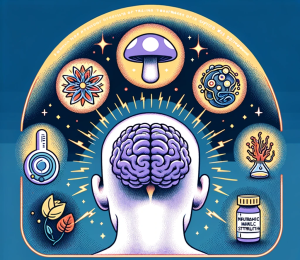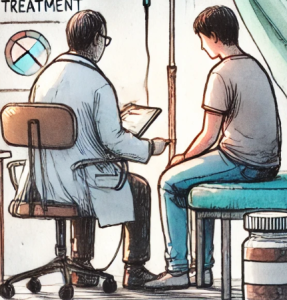
The Lifesaving Treatments for Opioid Use Disorder Revealed
Opioid use disorder (OUD) continues to plague our society, with overdose deaths reaching staggering numbers. In 2023 alone, over 74,000 people died from opioid overdoses in the United States. Despite this, many who struggle with OUD do not receive the most effective treatments available. A recent study sheds light on which treatment pathways truly make a difference in reducing overdose risks and serious opioid-related health issues.
The Research: An Overview
The study, conducted by a team of researchers using data from the OptumLabs Data Warehouse, examined the effectiveness of different OUD treatment pathways. This involved analyzing deidentified claims from over 40,000 individuals diagnosed with OUD. These individuals had either commercial or Medicare Advantage coverage, ensuring a diverse sample in terms of age, race, and geographic location.
The treatments analyzed were:
- No treatment
- Inpatient detoxification or residential services
- Intensive behavioral health treatment
- Medication for opioid use disorder (MOUD) with buprenorphine or methadone
- MOUD with naltrexone
- Nonintensive behavioral health treatment
Key Findings: Buprenorphine and Methadone Save Lives
The results of the study were clear and compelling. Only those treated with buprenorphine or methadone experienced significantly reduced risks of overdose and serious opioid-related acute care use. This was true both in the short term (three months) and the long term (twelve months).
- Short-term benefits: During the three-month follow-up, individuals treated with buprenorphine or methadone had a 76% lower risk of overdose compared to those who received no treatment. Additionally, their risk of serious opioid-related acute care use was reduced by 32%.
- Long-term benefits: At twelve months, these individuals still enjoyed a 59% reduction in overdose risk and a 26% reduction in serious opioid-related acute care use.
In contrast, treatments like inpatient detoxification, intensive behavioral health, and naltrexone did not show significant associations with reduced overdose risks or serious acute care use. This highlights the crucial importance of buprenorphine and methadone in effectively managing OUD.
Why This Matters
Despite the clear benefits of buprenorphine and methadone, only 12.5% of the study’s participants received these treatments. Most people with OUD were treated with less effective methods or not treated at all. This gap in treatment highlights the urgent need for better access to and adoption of MOUD, particularly buprenorphine and methadone.
The Challenges of Access
Barriers to effective treatment are a major issue. Many parts of the United States lack access to providers who can prescribe buprenorphine. Additionally, addiction treatment programs often do not offer these medications. Financial barriers, such as high co-pays and prior authorization requirements, further limit access.
Addressing these barriers is essential. Strategies could include expanding the number of healthcare providers who can prescribe buprenorphine, reducing financial barriers, and increasing awareness of the effectiveness of MOUD. Health plans also play a critical role by removing restrictions that prevent patients from receiving these life-saving treatments.
Join the Conversation
As we continue to fight the opioid crisis, it’s important to hear from those who are directly impacted. Here are some questions to consider:
- Have you or someone you know experienced barriers to accessing effective treatments for OUD? What were they?
- What changes do you think are necessary to improve access to and adoption of buprenorphine and methadone for OUD treatment?
Share your thoughts in the comments or on social media
Conclusion
The fight against opioid use disorder is far from over, but this study provides a clear direction for effective treatment. Buprenorphine and methadone stand out as the most effective options for reducing overdose risks and serious health issues associated with OUD. By addressing barriers to access and increasing the use of these medications, we can save lives and help those struggling with OUD find a path to recovery.



